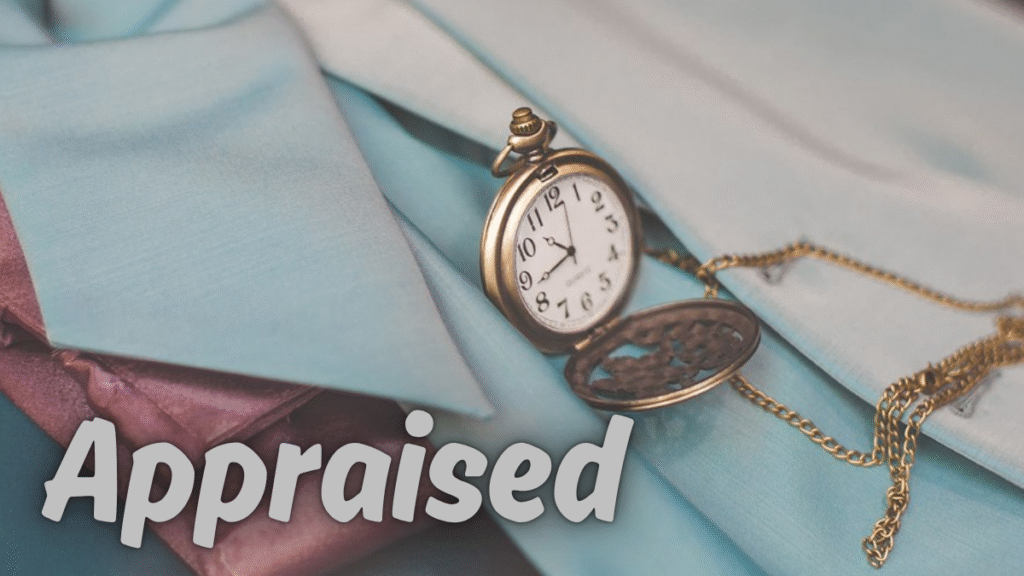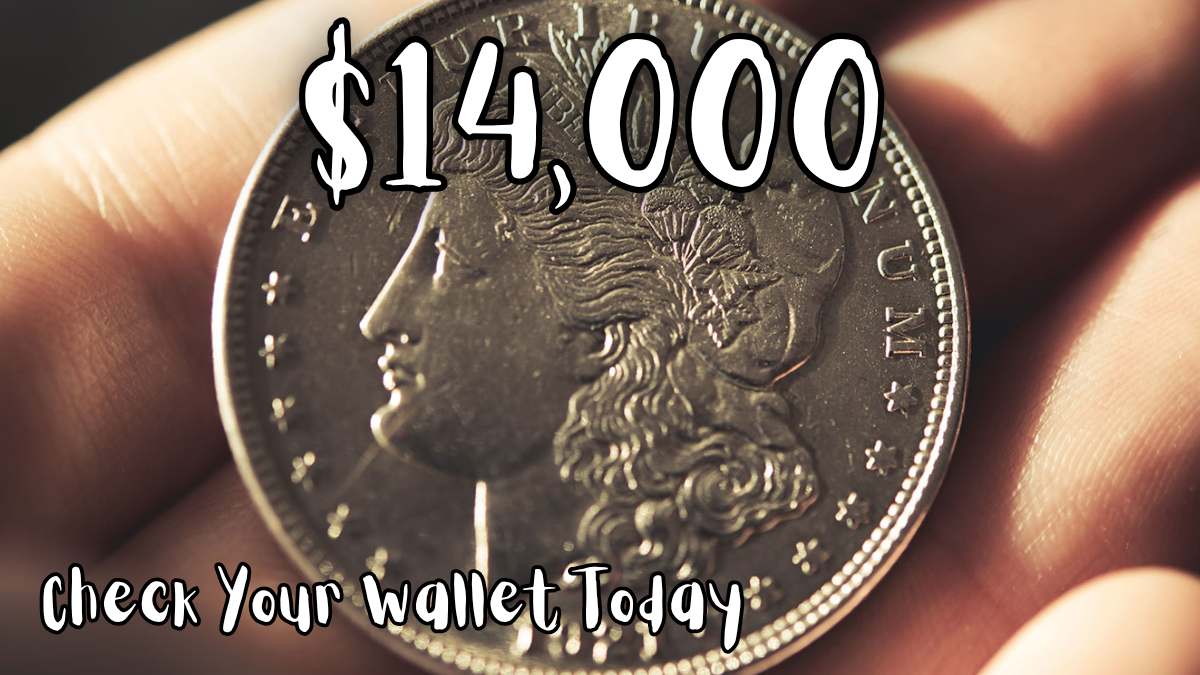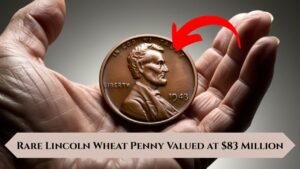$1 Coin Worth $14,000
Have you ever seemed to your pocket at antique cash? You may have a coin that doesn’t appearance special, however is well worth quite a few money. Certain $1 coins may be really worth as an awful lot as $14,000 due to the fact they may be rare, in exact circumstance or they have got unique mistakes. If you’re interested by learning about a way to understand such coins and if you can also personalize one like this, then this facts can be rather useful for you. These coins are of importance now not just for collectors, however, but also for buyers as those coins can be a good funding all through inflationary instances.
Why are a few $1 coins so steeply priced?

Not each $1 coin is the same. While maximum coins are worth the same as their face value, a few coins are extremely valuable because they are rare, have special printing errors or are historical. Some coins just like the Eisenhower Dollar (1971-1978) and the Susan B. Anthony Dollar (1979-1981, 1999), are noticeably renowned.
The Eisenhower Dollar is history in America and it was among the bigger dollar coins. There are some versions with mint errors or without mint marks, which make them more valuable. The Susan B. Anthony Dollar is renowned for being small in size and for commemorating women’s suffrage.
Their worth is determined by their condition and rarity. Some coins are worth millions when they are brand new or if they have received grades from a professional grading service. These coins are also valuable investments because their worth is expected to appreciate over time.
How to Identify $1 Coins That Could Be Worth $14,000?
It’s not that hard to spot expensive coins, just get a close-up look at a few things:
- Inspect the Coin Type and Year
Look first to find out what type of $1 coin you have. There are usually two kinds:- Eisenhower Dollar (1971-1978): These are heavy, silver-colored coins. They can be overlooked sometimes, but special issues are very pricey.
- Susan B. Anthony Dollar (1979-1981, 1999): These are smaller in diameter and might have some special printing errors in the design.
- Check the Mint Mark
The mint mark indicates where the coin was produced. It’s normally beside the date. The most common mint marks are:- No mint mark: Struck at Philadelphia, usually more valuable.
- D: Produced at the Denver Mint.
- S: Produced at the San Francisco Mint.
Some coins may have no mint mark or an error that makes them special.
- Check the condition of the coin
The cost of a coin relies upon a lot on its condition. Professional grading offerings (together with PCGS) grade cash on a 70-factor scale, with higher marks indicating better situation. See if the coin appears new or is worn from use. Coins graded MS65 or above are really worth loads greater.
- Look for minting errors or special features
Mistakes can contribute a great deal towards making coins valuable. Some of the common mistakes are:- Double dies: Letters or numerals appear double.
- Off-center strike: The coin was not struck correctly.
- Missing or misplaced mint marks.
Such coins are the most fascinating for collectors to find.
Examples of Expensive $1 Coins
Some $1 coins have commanded top dollar in historical auctions, including:
- 1974-D Eisenhower Dollar: It sold for up to $14,100 because it was rare and in excellent condition.
- 1979 Susan B. Anthony Dollar: It sold for close to $14,000 due to its unique printing error.
These instances reveal how rarity and excellent condition join to drive the value of coins higher.
How to Get Your $1 Coin Appraised

If you believe your $1 coin is valuable, follow these steps:
- Gently Clean the Coin
- Don’t use any strong chemical substances or hard materials. Wash gently with heat water and dry with a fabric. Don’t use steel polish for the reason that it will remove the original sheen of the coin.
- Utilize online resources
- You can put the coin information on websites such as PCGS or NGC to find an estimated worth.
- Call in an expert
- Send the coin to a professional grading service for a true appraisal. They will properly evaluate the coin’s authenticity, grade and worth. Appraisals can also be obtained in local coin stores or at shows.
- Store the coin securely
- Store the coin in an environment that is temperature controlled in order to preserve it. Store it in a coin holder or case to safeguard it from scratches and moisture.
Thus, your common $1 coin can prove to be a big money winner if it is rare and properly cared for. So the next time you come across an old coin, don’t ignore it, you may have a valuable treasure in your hands.
FAQs
Why are some $1 coins worth up to $14,000?
They can be extremely valuable due to rarity, minting errors, historical significance, or being in uncirculated, pristine condition.
Which $1 coin types are most valuable?
Eisenhower Dollars and Susan B. Anthony Dollars with rare features, errors, or no mint marks can be worth thousands.
What are mint marks and why do they matter?
Mint marks indicate production location; missing or unusual marks often signify rarities that increase a coin’s collectible value.


